Martha A. Cheves's Blog, page 32
August 2, 2015
I Didn't Know That - Icee
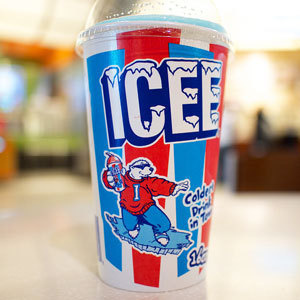
Icee
Contrary to popular belief, 7-Eleven did not invent its well-known slushy frozen drink. The slurpee was a happy accident of Omar Knedlik, a Dairy Queen owner in Kansas City during the 1950s. When Knedlik's soda fountain broke down, he improvised by putting some soda bottles in the freezer to stay cool. He served the not-fully-frozen bottles to customers who ended up loving the consistency of the cool treat.
Knedlik then created his own machine that added carbon dioxide to make the drink fizz then held a naming contest. The drink became known as ICEE. In 1965, 7-Eleven licensed Knedlik's machine and their ad agency director named the drink Slurpee® after the sound made while drinking it through a straw. To date, 6.5 billion Slurpee® beverages have been sold through the store alone and approximately 13 million people sip Slurpees each month, according to 7-Eleven.
Slurp on that!
Info from Grandparents.com
Published on August 02, 2015 12:56
August 1, 2015
I Didn't Know That - Chocolate Chip Cookies

Chocolate Chip Cookie
Chocolate lovers everywhere bow to the greatness that is Ruth Wakefield's accidental creation — the chocolate chip cookie. Wakefield was the owner and occasional cook of the Toll House Inn in Whitman, Massachusetts. One day Wakefield was making a batch of chocolate cookies when she ran out of baker's chocolate. Improvising, she used broken pieces from a Nestlé semi-sweet chocolate bar thinking the dough would absorb the melted pieces. Instead, she accidentally created chocolate chip cookies.
Wakefield called the cookies "Toll House Crunch Cookies" and the recipe was eventually published in a Boston newspaper. This got the attention of Andrew Nestlé, the chocolate provider whose chocolate was used in Wakefield's fruitful mishap. In exchange for a lifetime supply of chocolate, Wakefield agreed to let Nestlé print her cookie recipe on their chocolate packaging. You can still find the Toll House cookie recipe on Nestlé packaging today!
Info from Grandparents.com
Published on August 01, 2015 14:30
July 31, 2015
I Didn't Know That - Cheese Puffs
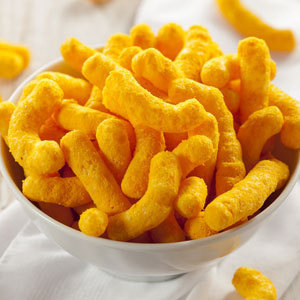
Cheese Puffs
Cheese doodles, cheese curls, cheese balls, corn curls — whatever you call it, this crunchy, cheese-powdered snack came from the brain of Edward Wilson, a curious employee at Flakall Corporation, a producer of corn-based feed for animals. Wilson noticed the machines that produced cornmeal would sometimes get so hot that the cornmeal came out in puffy cooked pieces that hardened as they came in contact with air. One day he took some of the puffy pieces home, added oil and the cheese flavor, and made the first cheese puffs. By 1946, Flakall Corp produced the earliest known version of cheese puffs that they called Korn Kurls.
To date, there are over 324 variationsof cheese puffs, including the popular Cheetos and Utz's Cheese Balls. The addictive snack is even spoofed in pop culture with this satirical scene from South Park.
Info from Grandparents.com
Published on July 31, 2015 13:39
July 30, 2015
I Didn't Know That - Corn Flakes
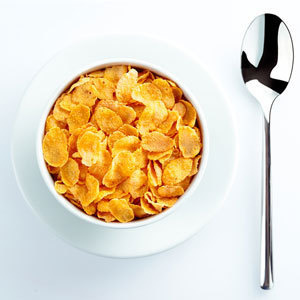
Corn Flakes
In 1898, Dr. John Harvey Kellogg (sounds familiar?) and his brother Will Keith Kellogg accidentally left cooked wheat out long enough that it became stale. Hoping to turn the stale wheat into long sheets of dough, the Kellogg brothers forced it through rollers, but the rollers flaked the wheat instead. The brothers then toasted the flakes and found it perfectly edible. Later, Will Keith tried the same method on corn and thus was the beginning of corn flakes cereal.
In 1906, W.K. Kellogg created the first consumer batch of Kellogg's Corn Flakes. More than a century later, the Kellogg brothers' cereal empire includes more than 30 products. As of 2013, corn flakes' sugar-coated alternative Frosted Flakes ranked #2 on the list of 10 best-selling cereals in the U.S.
Info from Grandparent.com
Published on July 30, 2015 14:59
July 29, 2015
I Didn't Know That - Champagne
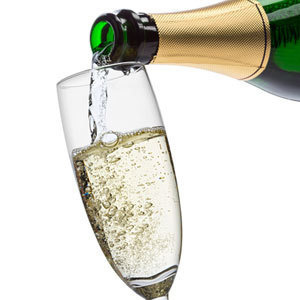
It’s no secret that some of the best inventions happened by accident. Scottish scientist Alexander Fleming was working with bacteria and mold when he discovered penicillin. Before the age of microwaves ovens, American engineer Percy Spencer noticed the chocolate in his pocket melted every time he walked in front of a vacuum tube generating small electromagnetic waves. Serendipitous discoveries aren't confined to technology; they also happen in the kitchen! A tablespoon of genius mixed with a pinch of luck cooked up these accidental food creations ...
Champagne
The creation of the celebratory bubbly isn't credited to any one person, but to poor winemaking practices in the 15th century. During the late 1400s, Europe experienced an extreme temperature drop that froze both the Thames River and the Venice canals. The cold also stopped the fermentation process of grapes in Champagne, France, where the monks in the Abbey of Hautvillers created red and white wines. As spring brought warmer weather, the grape juice resumed fermenting and released carbon dioxide inside the bottle, which produced a new, throat-tickling quality. The Catholic church called in monk Dom Pierre Pérignon to curb the fizz from the remaining fermented wine. However, Pérignon's attempts only succeeded in refining champagne blending techniques. Thanks to increased consumption from French nobility, sparkling wine increased in popularity and became a symbol of expensive taste.
Fun fact: According to trade laws, only sparkling wine made in the Champagne region is called champagne.
Pop, fizz, and clink to that!
Info from Grandparents.com
Published on July 29, 2015 09:51
July 20, 2015
6 Foods That Actually Relieve Gas - Food #6

Chamomile
Another carminative herb known to prevent and eliminate gas is chamomile, according to research published in Molecular Medicine Reports. Branin recommends drinking chamomile as a strong tea (2 bags steeped for 15 to 20 minutes) or a liquid extract taken before meals. “I recommend this to many of my patients who suffer from gas with great results,” she said.
Published on July 20, 2015 15:28
July 19, 2015
6 Foods That Actually Relieve Gas - Food #5
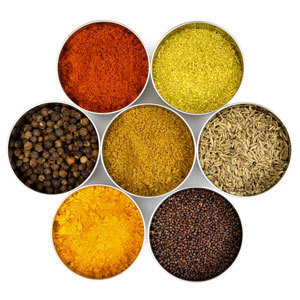
Spices
The best way to prevent gas, according to Branin, is to add spices to your diet. In particular, she recommends black pepper, fennel seeds, caraway seeds, anise, rosemary, cardamom, coriander, basil and cloves. Considered carminative, which literally means an herb that prevents gas, these spices can go a long way in keeping the tummy taut and gas-free.
Published on July 19, 2015 12:11
July 17, 2015
6 Foods That Actually Relieve Gas - Food #4
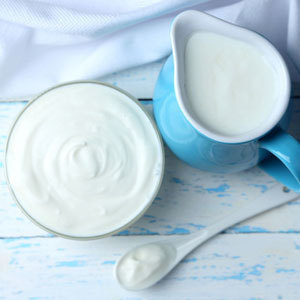
Kefir
Although it has only recently become popular in America, fermented cow, goat or sheep milk—also known as kefir—has been keeping bellies happy and bloat-free in Eastern Europe for centuries. Like its cousin yogurt, kefir is chock full of good bacteria—it actually has up to three times more beneficial bacteria than yogurt—which helps the body break down food and prevent build-up of gas, according to research from The Ohio State University. Even better, this probiotic powerhouse doesn’t require a spoon! As long as you don’t mind its carbonation and slightly sour taste, you can drink it from a glass, with a straw or even straight from the container.
Published on July 17, 2015 09:17
July 16, 2015
6 Foods That Actually Relieve Gas - Food #3
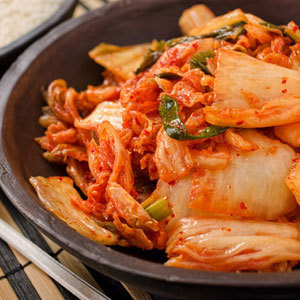
Kimchi
Considered a staple in any Korean kitchen, kimchi is a spicy mix of fermented vegetables that includes cabbage as its main ingredient. Cabbage has gotten a bad rap over the years as one of the top culprits for gas and bloating, but this fiber-rich food actually aids in digestion by populating the GI tract with beneficial bacteria. The more good bacteria you have in your gut, the better equipped your body will be at breaking down foods properly so gas doesn’t build up, said Branin.
Published on July 16, 2015 11:28
July 15, 2015
6 Foods That Actually Relieve Gas - Food #2

Pineapple and Papaya
Their ability to break down proteins in meat not only make pineapple and papaya natural meat tenderizers (try Taste of Home's Marinated Pork Medallions recipe), but these enzyme-rich foods can also ease digestion by helping to break down proteins during digestion, according to Branin. The longer it takes to break down these proteins, the more likely it is that you will experience the feeling of fullness and bloating, said Branin. What’s more, if the undigested proteins enter the small intestine, they’ll begin to putrefy and cause gas.
Published on July 15, 2015 12:08



